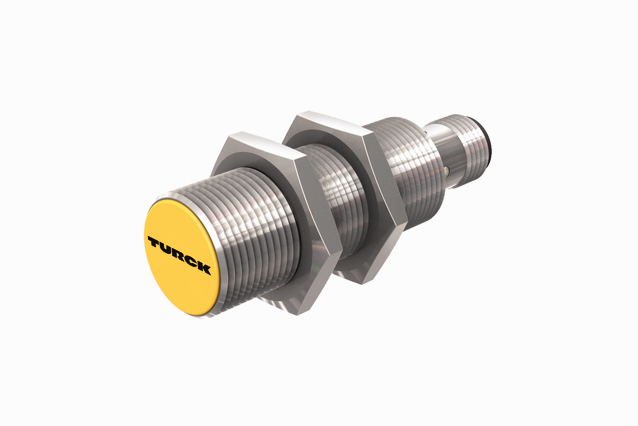Turck’s inductive sensors reliably detect carbon fiber composites
Patent-pending noncontact sensor series detects both carbon fibers and pressed carbon fiber parts with less susceptibility to contamination.

Photo Credit: Turck
(Plymouth, Minn., U.S. and Mülheim, Germany) has developed what is claims to be the world’s first for detecting carbon fibers. The patent-pending noncontact sensor series enables manufacturers to detect workpiece positions in various stages of automated production to ensure quality, functionality and efficiency requirements are met. In particular, Turck’s sensors are able to detects both carbon fibers and pressed carbon fiber parts. This is particularly important in the automotive industry, the company notes, where high quality, and individually tailored solutions are expected, and where new materials, production technologies and levels of automation require automation solutions to be constantly updated.
Based on the company’s advanced uprox technology, the sensors offer maximum switching distances and maximum installation flexibility for manufacturers and suppliers of products such as cars, wind turbines or sporting equipment.
Compared to solutions used to date, says Turck, the inductive sensors are less susceptible to contamination than optical or capacitive sensors while also being more economical than ultrasonic sensors. They are also highly resilient, thanks to their IP68 protection class and maintain a wide application range between 0-100°C.
The sensors are now available in three initial designs: a threaded barrel version in M18 stainless steel housing with a rugged Duroplast front cap (BI7C) and rectangular versions with a height of either 20 mm (BI20C) or 40 mm (NI40C). Turck offers the devices as PNP changeover contacts with M12 connectors.
Related Content
-
Low-cost, efficient CFRP anisogrid lattice structures
CIRA uses patented parallel winding, dry fiber, silicone tooling and resin infusion to cut labor for lightweight, heavily loaded space applications.
-
Plant tour: Teijin Carbon America Inc., Greenwood, S.C., U.S.
In 2018, Teijin broke ground on a facility that is reportedly the largest capacity carbon fiber line currently in existence. The line has been fully functional for nearly two years and has plenty of room for expansion.
-
The potential for thermoplastic composite nacelles
Collins Aerospace draws on global team, decades of experience to demonstrate large, curved AFP and welded structures for the next generation of aircraft.



